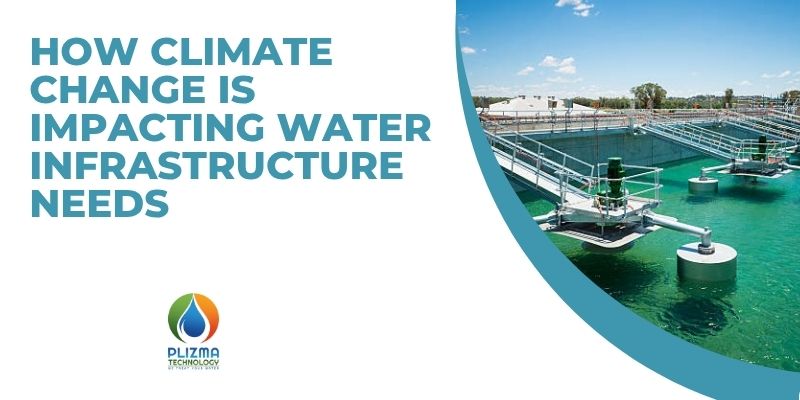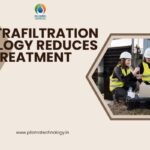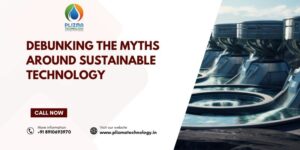November 19, 2025
How Climate Change is Impacting Water Infrastructure Needs
July 9, 2025 | by admin

Climate change is destabilizing the world’s water infrastructure, which is putting pressure on current infrastructure. Extreme storms and increased temperatures are putting water supply and treatment infrastructure under strain. Infrastructures constructed to service previous climate conditions now confront us with the needs of an evolving setting. That means increased breakdowns, water scarcity, and contamination threats, pointing toward the imperative to provide solutions. By relying on the leading sewage treatment plant supplier, you can enjoy the best water supply.
These changes necessitate that governments, engineers, and communities act decisively to reimagine water infrastructure for climate resilience. This includes strengthening pipes and reservoirs and adopting new technology and nature-based solutions. Climate change adaptation systems need to be installed as an emergency measure. Investment in resilient water infrastructure is essential in guaranteeing public health, agriculture, and economic stability.
Different Ways Climate Change is Affecting Water Infrastructure Needs
Climate change is taking a profound toll on water infrastructure needs globally. Increased temperatures and the frequency of severe weather events are stressing systems and placing growing demands for resilient and sustainable infrastructure.
- Increased demand for resilient infrastructure
Climate change is also causing the increase in weather extremes, leading to too much flooding during heavy rainfalls and extended dryness during droughts. Conventional infrastructure like dams, sewers, and drains have a tendency to be insufficient in dealing with these extremes, hitting their limits in toxic overflows and devastating shortages. It is essential to remake older systems to be able to deal with uncertain amounts of water and intense storms efficiently.
- Pressure on the water supply
Melting of glaciers and snowpack, the essential sources of water for most rivers, are happening at record levels and even before time, substantially reducing water supplies in the dry season. Sea levels are flooding freshwater aquifers in coastal areas with saltwater, making the water both undrinkable and unsuitable for irrigation. Communities need to invest in other sources of water, including desalination and rainwater harvesting, to secure their future water supply. According to the best sewage treatment plant manufacturers, you do not have to worry about the water supply.
- Technology and innovation mean
Sophisticated technologies like sensors, artificial intelligence, and future data analysis hold top priority in leak detection, management of resources utilization, and system performance optimization based on changing environmental conditions. Nature-based solutions are also becoming trendy, and methods like wetlands, permeable pavements, and green roofs are used for sustainable stormwater management. These green solutions not only address flooding but also enhance biodiversity and urban resilience while offering a balanced integration between the urban infrastructure and nature.
- Water quality issues
High water temperatures encourage the swift growth of algae blooms, which drastically cut down the levels of oxygen in aquatic ecosystems and threaten the quality of drinking water as well as the balance of the local ecosystem. Moreover, intense precipitation events have the ability to outshine storm drainage systems, leading to the potentially hazardous overflow of chemicals, contaminants, and sewage into valuable water reservoirs. Therefore, there is an immediate requirement for high-tech water treatment plants so that drinking water for humans becomes safe.
Water infrastructure requirements change quickly to meet the urgent issues caused by climate change. Governments and utilities need to invest in resilient, adaptive, and sustainable solutions to protect communities and deliver limitless clean water supply. It calls for retrofitting existing systems, building new infrastructure resistant to severe weather, and embracing new technologies and policies that actively respond to a changing climate. With these strategies, we can develop a resilient water system that not only serves current needs but is also prepared for tomorrow’s uncertainties.
RECENT BLOG

Debunking the Myths Around Sustainable Technology
November 19, 2025

Why Smarter Water Systems are the Need of the Hour
November 17, 2025

How Ultrafiltration Technology Reduces Water Treatment Costs
November 10, 2025

How Smart Cities Will Manage Their Water Resources
November 5, 2025





